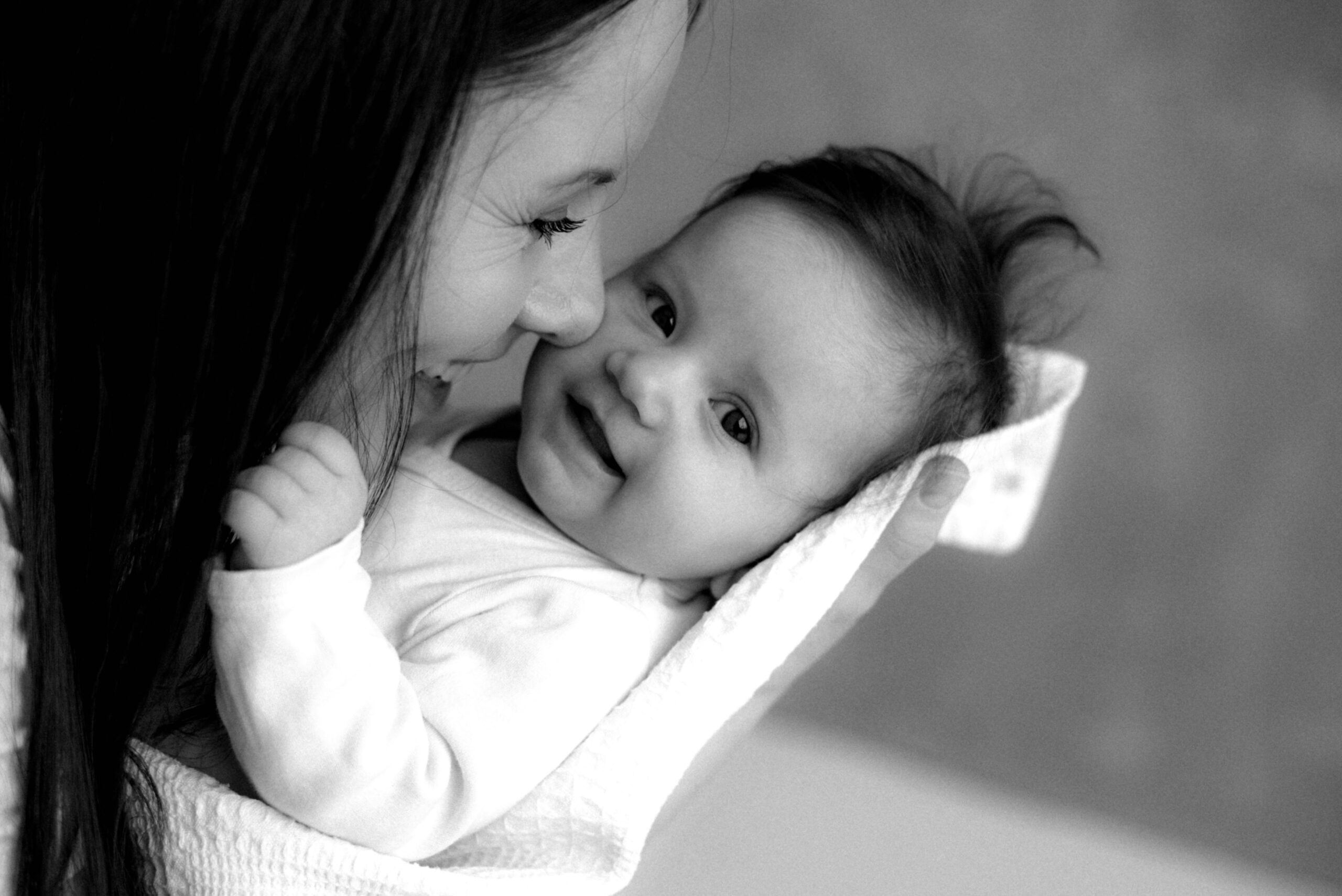Types of Child Custody in Australia
In Australia, child custody arrangements, legally referred to as “parenting arrangements,” determine how children are cared for after parental separation. The types of child custody in Australia are governed by the Family Law Act 1975 (Cth) and focus on the best interests of the child. Custody or parenting arrangements include parental responsibilities and live with and spend time with arrangements for children. Understanding these arrangements helps parents navigate family law processes and make informed decisions that prioritise their child’s welfare.

Our Family Lawyers are here to help. Contact us for support.
Sole Parental Responsibility
Sole Parental Responsibility grants one parent the exclusive right to make major decisions regarding a child’s upbringing. This includes decisions related to education, healthcare, religious practices, and other significant aspects of the child’s welfare. Courts generally prefer joint parental responsibility, as it ensures both parents remain involved in major decisions for the child’s life. However, in cases where one parent is deemed unfit, incapable, or poses a risk to the child’s well-being, the court may grant sole parental responsibility to the other parent to protect the child’s best interests.
This arrangement is often considered in cases involving domestic violence, neglect, substance abuse, or other safety concerns that could compromise the child’s welfare. Sole parental responsibility is not sole custody. A parent who does not have parental responsibility may still have Orders to spend time with the child/ren. Depending on the circumstances this could include supervised or unsupervised time. While sole parental responsibility ensures that one parent has full authority over major decisions, the child’s relationship with the other parent is still considered, provided it does not pose any harm to their well-being.
- One parent may have full decision-making authority over the child’s upbringing.
- Sole parental responsibility is commonly granted in cases involving family violence, neglect, abuse, or safety concerns of one parent.
- The non-custodial parent may still have visitation rights, which may be supervised if necessary.
Joint Parental Responsibility
Joint parental responsibility, means that both parents are involved in making major decisions about the child’s education, healthcare, religion, and general welfare. This arrangement recognises the importance of both parents having a role in the child’s upbringing, regardless of how parenting time is divided. While joint parental responsibility ensures equal decision-making rights, it does not automatically grant equal time-sharing. The child’s living arrangements are determined separately, based on what is in the child’s best interests.
Before awarding joint parental responsibility, courts assess the ability of both parents to cooperate and communicate effectively. If there is a history of conflict, family violence, or an inability to make joint decisions, the court may consider alternative custody arrangements. In some cases, joint parental responsibility may include dispute resolution mechanisms to help parents navigate disagreements in a constructive manner.
- Both parents share equal legal responsibility for major decisions affecting the child.
- Joint parental responsibility does not guarantee 50/50 time-sharing, as living arrangements depend on the child’s best interests.
- Courts evaluate the ability of parents to cooperate before granting joint parental responsibility or shared care.
Shared Custody (Equal Time Arrangements)
Shared custody refers to an arrangement where a child spends equal or substantial time with both parents, allowing them to maintain strong relationships with both caregivers. This approach ensures that the child has regular and meaningful contact with each parent, contributing to their emotional and psychological well-being. Courts consider shared custody when it is in the child’s best interests and when both parents can provide a stable and supportive environment. Unlike joint parental responsibility, which focuses on shared decision-making, shared custody specifically refers to time-sharing arrangements.
For shared custody to be effective, it must be practically feasible. Factors such as the parents’ proximity to each other, the child’s school location, and the parents’ work schedules play a significant role in determining whether this arrangement is viable. Additionally, shared custody works best when both parents can communicate effectively and cooperate in co-parenting. If ongoing conflict or logistical challenges arise, alternative arrangements may be considered to prioritise the child’s stability and well-being.
- The child spends significant time with both parents, fostering strong relationships.
- Practical feasibility is essential, considering factors like school location and work schedules.
- Effective communication between parents is crucial for successful shared custody.
Split Custody (Different Living Arrangements for Siblings)
Split custody is a custody arrangement where siblings are separated, with one child living primarily with one parent and another child living with the other. This arrangement is less common than other custody types, as courts generally prioritise keeping siblings together to maintain their emotional bond. However, split custody may be considered when it serves the best interests of each child, particularly in cases where siblings have different needs, preferences, or relationships with each parent.
Before approving split custody, courts assess factors such as the children’s individual needs, sibling relationships, and their expressed preferences (if they are old enough to provide input). While this arrangement may work in certain situations, it is generally avoided due to the potential emotional impact of separating siblings, which can affect their sense of stability and support. Courts may implement this arrangement only when it is clear that the benefits outweigh the potential challenges, ensuring that each child receives the care and support they need.
- Siblings may live with different parents if it best serves their individual needs.
- Courts consider factors such as each child’s preferences and well-being when making decisions.
- Split custody is generally avoided due to the emotional impact of sibling separation.
Our Family Lawyers are here to help. Contact us for support.
Types of Child Custody: Key Considerations
Understanding the various custody arrangements is crucial for protecting your parental rights and your child’s best interests.
Best Interests of the Child
Courts prioritise the child’s welfare by assessing factors such as their safety, emotional well-being, and developmental needs. Judicial decisions aim to ensure that parenting arrangements support the child’s stability, security, and overall best interests.
Parental Cooperation
Effective communication between parents is crucial to maintaining a harmonious co-parenting arrangement that benefits the child. A cooperative approach helps minimise conflicts, fostering a stable and supportive environment for the child’s upbringing.
Practical and Logistical Factors
The feasibility of shared custody depends on various factors, including the distance between parents’ residences, their work schedules, and the child’s schooling commitments. Courts also consider the impact of extracurricular activities and daily routines to ensure a practical and sustainable arrangement.
Types of Child Custody FAQs
What is the difference between sole and joint parental responsibility?
Sole parental responsibility grants one parent full decision-making authority regarding the child’s upbringing, including education, healthcare, and living arrangements. Joint parental responsibility, on the other hand, requires both parents to share responsibility for major life decisions, ensuring both have a say in important matters. However, joint parental responsibility does not necessarily mean equal parenting time, as the actual living arrangements depend on what is in the child’s best interests.
How does the court determine child custody arrangements?
The court’s primary consideration is the best interests of the child, which includes evaluating their emotional, psychological, and physical well-being. Factors such as the child’s relationship with each parent, each parent’s ability to provide a stable and supportive environment, and any history of family violence or neglect are carefully assessed. The court may also consider the child’s preferences, depending on their age and level of maturity, but ultimately, the decision is based on ensuring the child’s safety and welfare.
Can a child decide which parent to live with?
A child’s wishes may be taken into account, particularly if they are of an age and maturity where they can express a reasoned preference. However, their preference is not the sole determining factor, as the court considers a range of factors to ensure the child’s best interests are met. The final custody arrangement will depend on the child’s overall well-being, taking into account their emotional needs, stability, and safety.
What happens if parents cannot agree on a custody arrangement?
If parents cannot reach an agreement through negotiation or mediation, they may need to apply to the court for a parenting order. The court will assess the situation and make a decision based on what will best serve the child’s long-term welfare and stability. A court-imposed custody arrangement ensures that the child’s best interests remain the primary focus while also providing legal certainty for both parents.
Is a formal court order required for custody arrangements?
Parents can establish informal custody arrangements without a court order, provided both parties mutually agree on the terms. However, without a legally binding Parenting Order, there is no enforceability, meaning either parent could change or dispute the arrangement at any time. A court order provides clarity, protection, and legal recourse in case of disagreements, ensuring a structured and stable arrangement for the child.
Our Family Lawyers Experience
Our Family Law team is committed to supporting clients through complex family matters with professionalism and care. We specialise in property settlements, child custody, divorce, spousal maintenance, and more.
With offices in the Southern Highlands, Macarthur Region and the Illawarra, we are a full service family law firm, and we are proud to assist families across Australia. Our experienced team is here to provide clear, practical advice and tailored solutions to achieve the best outcomes for you and your loved ones.
Recognised Excellence in Law and Service
Our award-winning law firm is celebrated for outstanding achievements in business and legal services. With numerous accolades, we are committed to delivering unparalleled expertise and client satisfaction.

Your Family Law Legal Team
Our award-winning law firm is celebrated for outstanding achievements in business and legal services. With numerous accolades, we are committed to delivering unparalleled expertise and client satisfaction.

Alana Jacquet
Accredited Specialist
Spear heading our family law team and partner of Our Lawyers, Alana is an nationally recognised award winning lawyer...
Read more

Cayla Cruickshank
Solicitor
Cayla practises exclusively in family law and has developed experience in a broad
range of matters...
Read more

Connie Marks
Solicitor
Connie Marks is a dedicated and compassionate solicitor with a strong foundation in Wills & Estates and Property...
Read more

Grace Slater
Solicitor
Grace has worked in the legal industry for over 10 years. She completed a Bachelor of Laws and Bachelor of Arts...
Read more
See more:

Your Family - Our Family Lawyers
Our Family Law team is committed to supporting clients through complex family matters with professionalism and care. We specialise in property settlements, Parenting Arrangements, divorce, spousal maintenance, and more.

Secure Their Future, Embrace Your Legacy
Our Wills & Estates team will secure your future through comprehensive estate planning. Our accredited expert services include drafting and contesting wills, creating tailored estate plans, arranging guardianship orders, and more.

Supporting Businesses Big and Small.
Our business and commercial law team are ready to offer comprehensive support to help your enterprise thrive. Our services include drafting contracts and agreements, managing business sales and purchases, negotiating commercial leases and more.
Disclaimer: Any information found in articles or pages on our website is for general guidance only and should not be considered legal advice. For advice tailored to your specific situation, please contact us directly to speak with one of our qualified legal professionals.

Feel secure with our compassionate, client-first approach, ensuring your needs are met with care.

Easily accessible, local offices with real teams, ready to provide hands-on support.

Named among the top firms in the Southern Highlands and the Wollondilly, we bring award-winning expertise to every case.

Benefit from a dedicated team working together to deliver results tailored to your needs.










